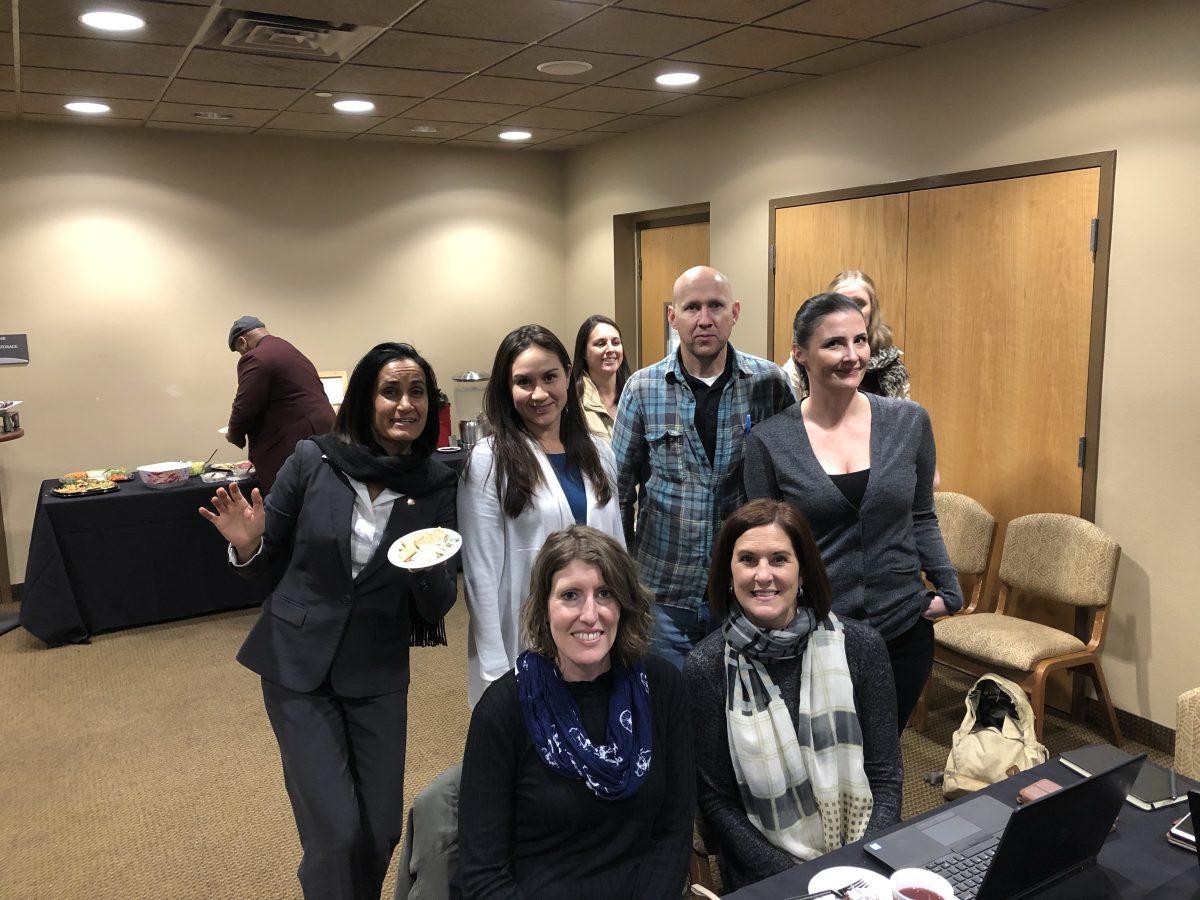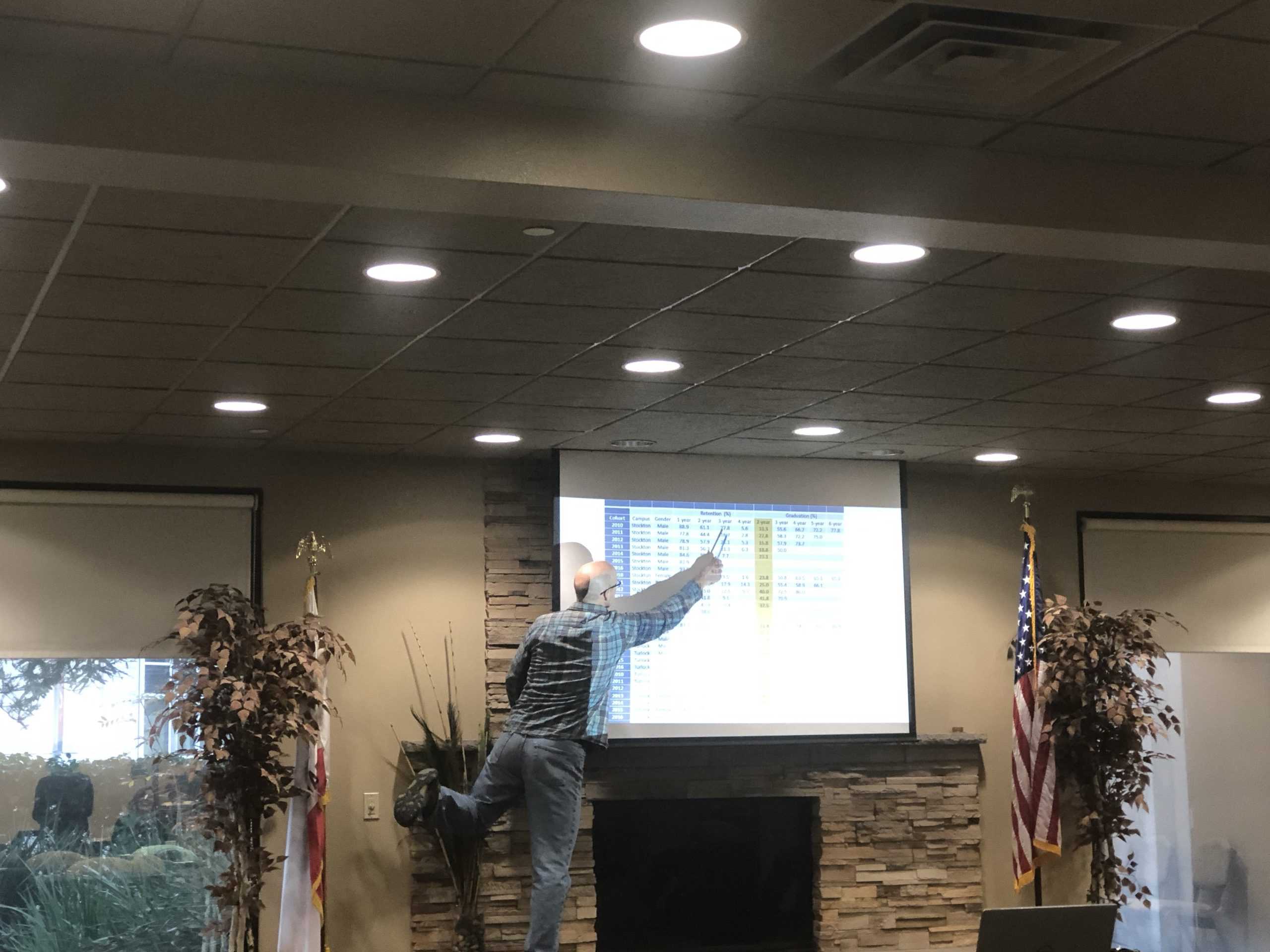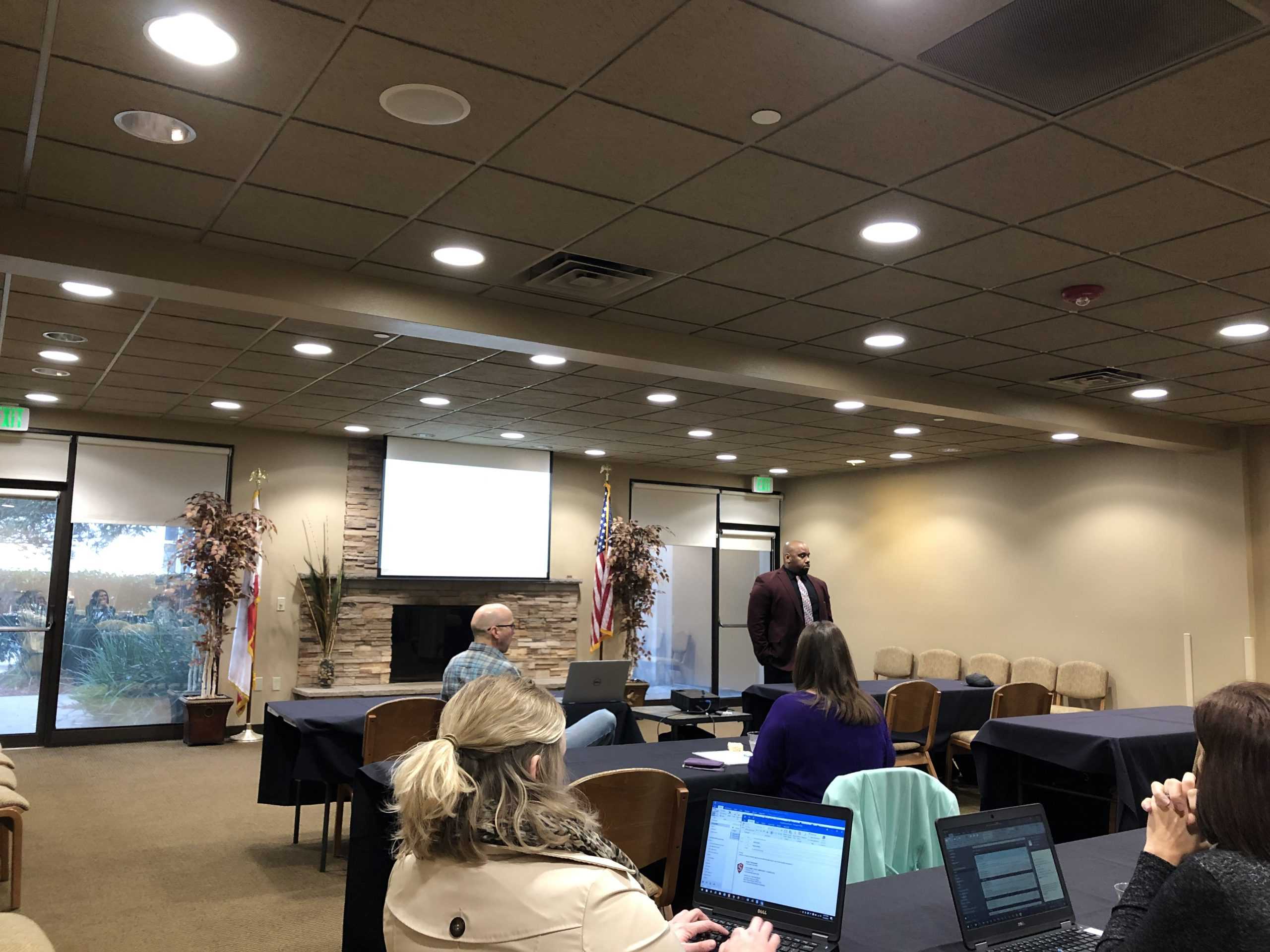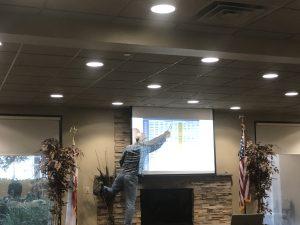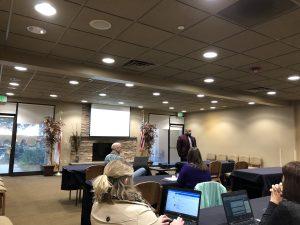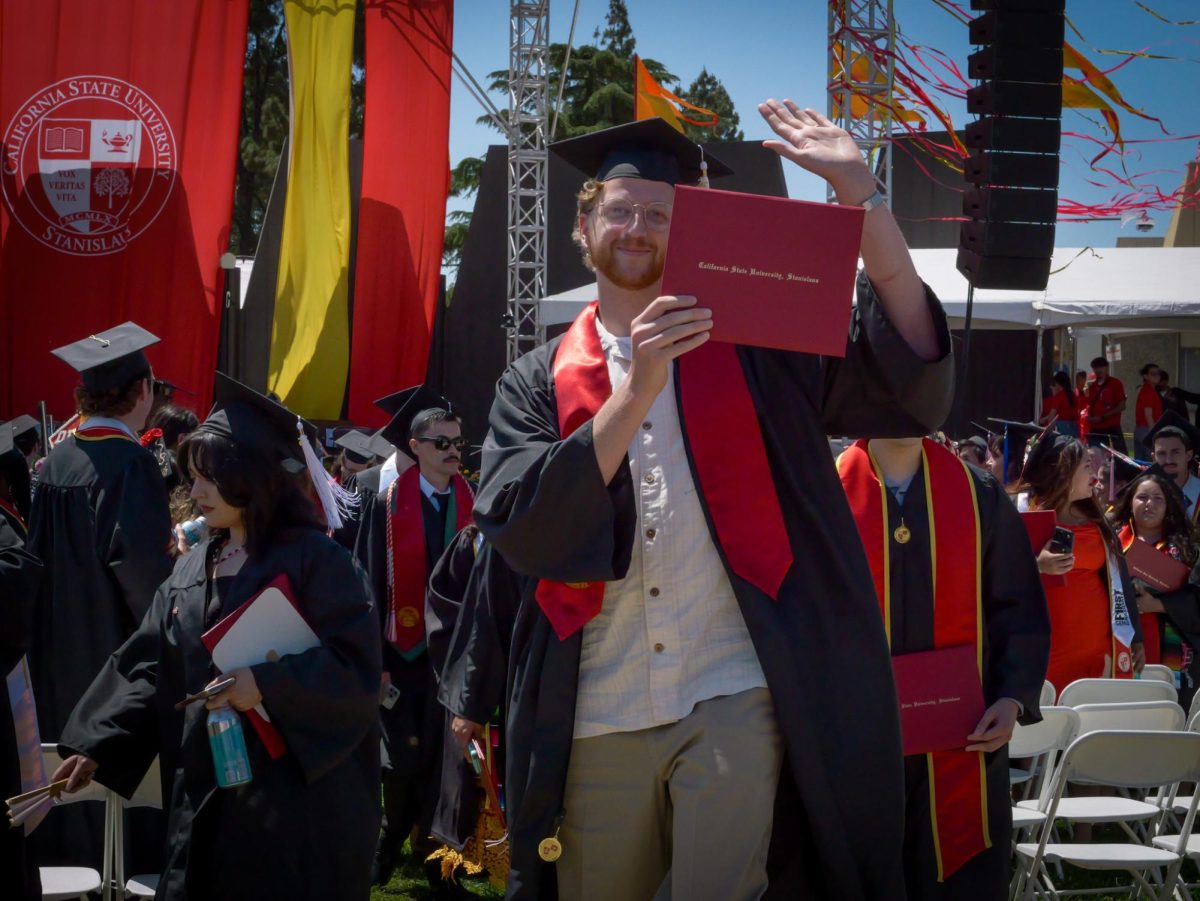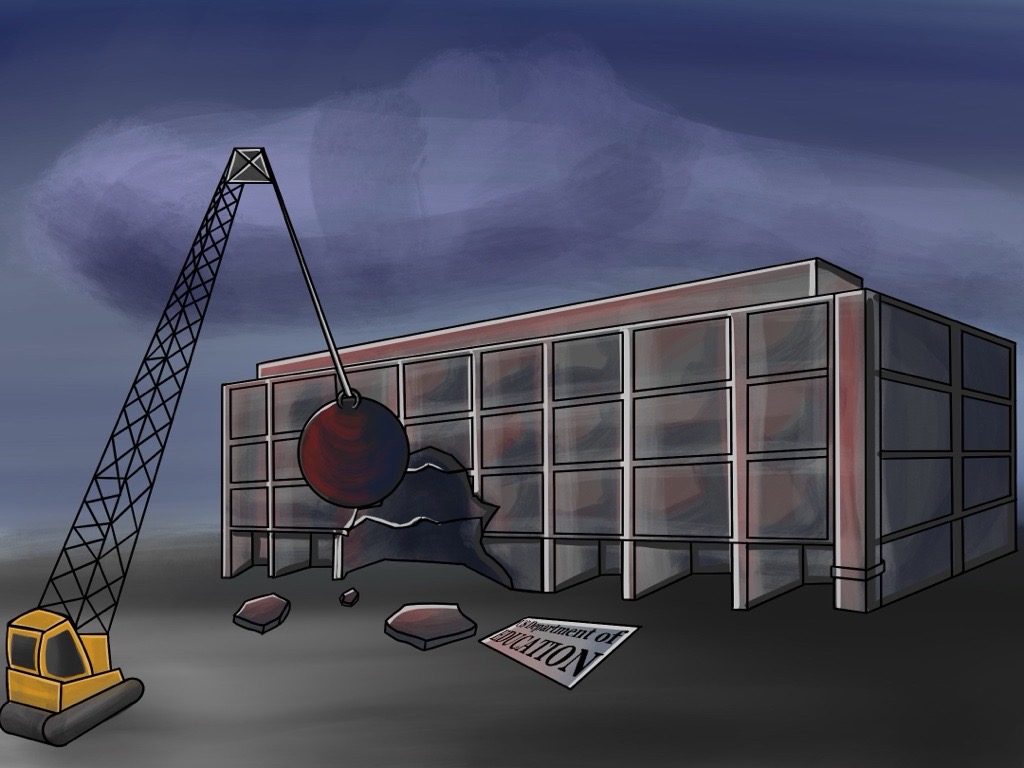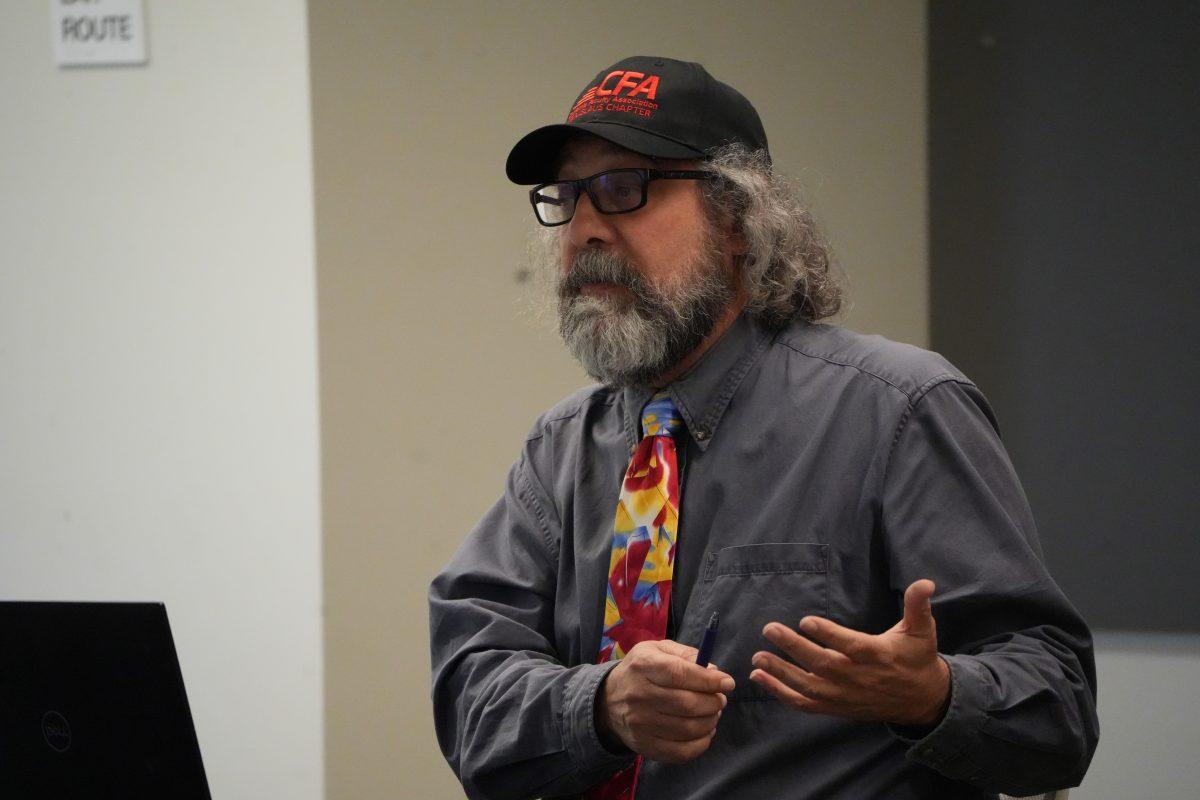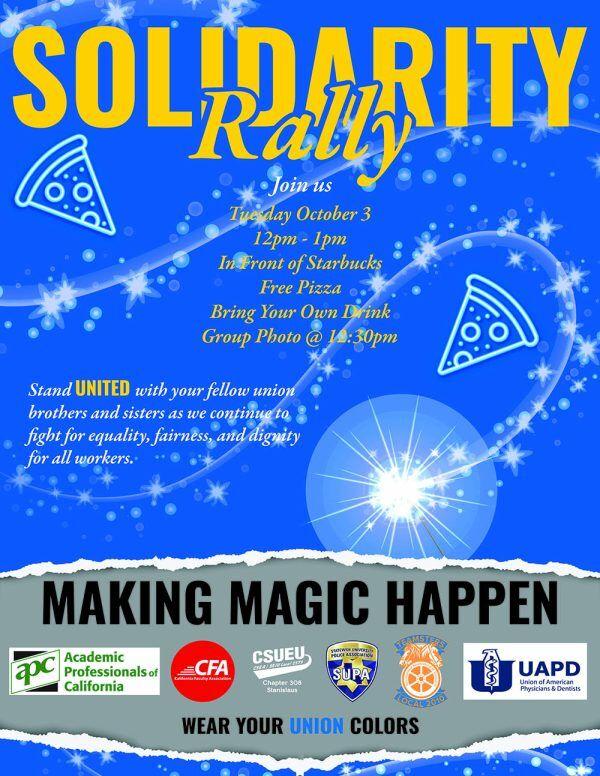The Office of Assessment held a data sharing and assessment event series at Stan State. One of the events was titled the Stockton Center: A Self Study, which highlighted findings of a comprehensive self-study completed this summer.
Stuart Wooley, Faculty Fellow for Assessment and Faculty Director of General Education, and Faimous Harrison, Ph.D., Dean of the Stockton Center, presented the findings based on First Time Transfer students (FTT) retention and graduation rates. The data compared the Stockton Center’s and Stan State’s number of students who stayed enrolled during their four year academic career. It showed the difference between male and female graduation rates through 2010-2016 academic years.
The data collected displayed patterns, such as the fact that there are mostly older students and few freshmen that attend the Stockton Center. It also showed that most students who attend classes in the Stockton Center have work and family responsibilities.
Despite this, the data presented an increase of retention rates, although female retention rates at Stockton have been on the decline compared to previous years. Graphs from the presentation also displayed increased graduation rates on both campuses, which outlined early on the importance of the partnership between the Stockton Center and Stan State.
The presentation outlined the importance of the Stockton Center for the Stan State family as a whole. Wooley said ,“we are all campus, we are all one university… if we are all together then we can help Stockton students then it’s good for them, it’s good for our graduation rates, it’s good for everybody.”
Veronica Parra Jr., research analyst on STEM success, mentioned that “most of the data gathered for the event was survey data and enrollment data.” When asked why it was important to review data with faculty and staff, Para said, “I think people don’t interpret the data… they just believe what the person is saying, so if I said there was a 60% retention rate in Stockton, people just say ok, without really understanding or looking at it and putting a critic eye on it.”
Missy Lebray, research analyst on STEM success, added, “I think is great for presenters to be able get feedback what the community doesn’t understand and what more they want to see.” For Library the feedback from the community is the important part of these data sharing sessions. She went on to say “as researchers we believe we know what people are looking and people can throw insight into it, then we end up looking at it and it turns out to be something really important.”
Although, Wooley correlated with his teams opinion of the importance of quantitative data, he also stressed the application of qualitative findings. Wooley said, “qualitative data are a lot things that you just cannot get from statistics…(qualitative data) is how feel about a class.”
Wooley explained that qualitative data are factors that are not measurable, “they are very important because they influence what students do.” He explained qualitative factors can include “ family issues, are people taking of dependents, are their parents dependents, like those kinds of things that are going to be listed as data we keep as a university.”

